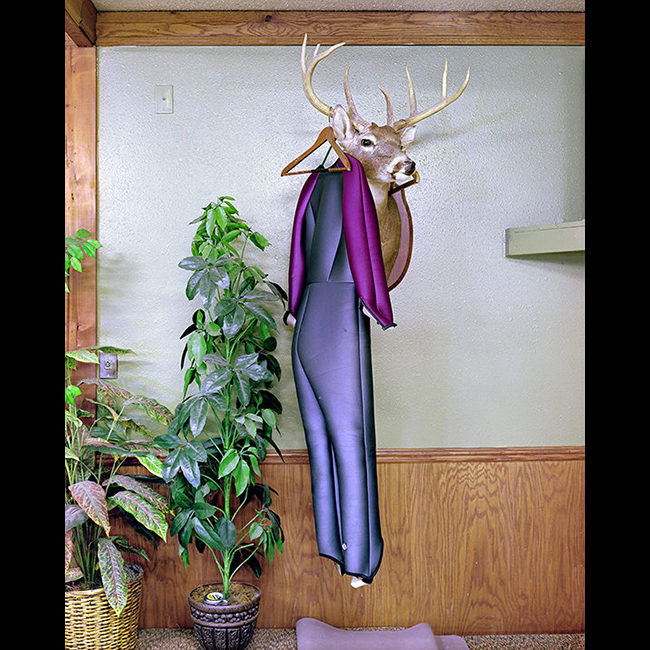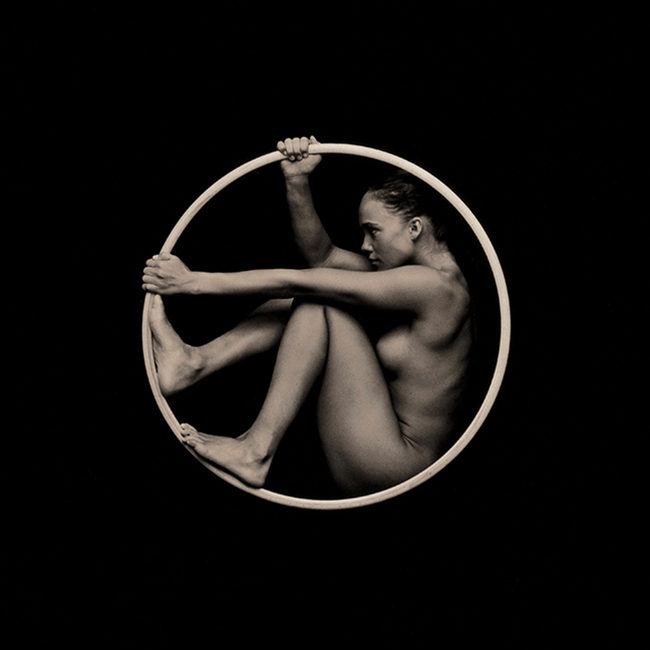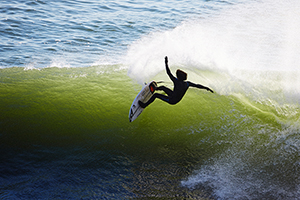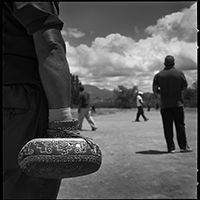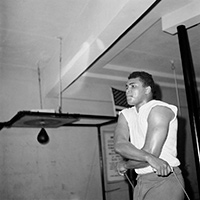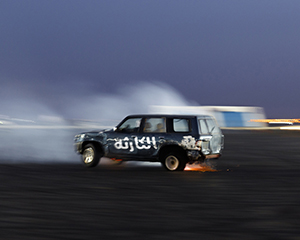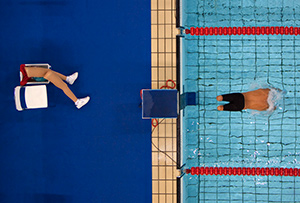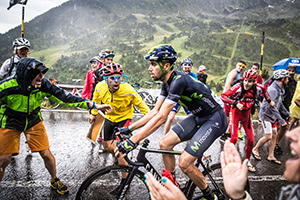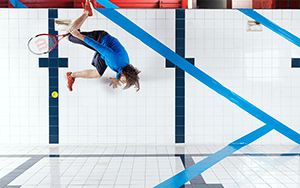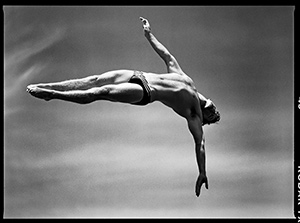For the past two years, Jesse Rieser has covered Spring Training in Arizona, shooting the Cactus League for ESPN. The images he’s made for the magazine and for himself focus on the fans and the environment as much as they do on the players—all are soaked in bright desert light, which highlights new uniforms and shiny gear, fresh for a new season, as well as the pale skin and idiosyncrasies of devoted baseball lovers who come to watch. Rieser tells PDN about the series in an edited email interview.
PDN: How and when did the ESPN spring training assignments start?
Jesse Rieser: This portfolio is from the 2015 and the 2016 Cactus League Spring Trainings. The body of work initially came as an assignment from ESPN Photo Editor, Jim Surber. Jim hired me to make portraits and reportage images of the new youthful front office of the LA Dodgers. The work continued this past year while on an assignment making studio portraits of the top MLB baseball players 25 and under (also assigned by Surber/ESPN)—Jim knows I am a huge baseball fan and offered press credentials for workouts to create additional content for ESPN and to make images for myself.
PDN: Are these images all outtakes from those assignments?
JR: Largely, but Jim and ESPN now have a library of images for future use.
PDN: Do you shoot differently for yourself and for them?
JR: I can’t say that I do. Like most photographers, I follow clients directives and once those are crossed off, I try and push the work for the client and myself and if there is any difference or discrepancy, it comes more on the backend during image selection and the editing process.
PDN: How do you approach a subject like baseball that’s been so thoroughly photographed?
JR: Over the last two years I have been taking my sensibilities [developed] in my long-term personal projects and applying [them] to new sports related work. In this case, I was focusing on graphic elements, unique lighting, and slightly curious and humorous moments to create a new and fresh aesthetic to a sport rooted in tradition.
PDN: What are the challenges of the series?
JR: The biggest challenge is to navigate the amount of press and other photographers at spring workouts while not being weighted down by large and heavy telephoto lenses and finding safe “zones” during live ball drills.
PDN: What kind of equipment did you use?
JR: For equipment it was fairly paired down so we could be as mobile and non obtrusive as possible—Canon 5dsr bodies for resolution and color; Canon EF 24-70mm f/2.8L II and Canon EF 70mm – 200mm f/2.8L II for focal length versatility, lens sharpness and auto-focus
; Profoto B1 strobes for flash duration, high speed sync and portability; Profoto Magnum Reflectors for an extra stop of power, larger light source, and a metallic crisp quality of light to compliment the Arizona Sun.
PDN: What do you look for in a subject?
JR:
It wasn’t a subject as much as moments and scenes that best illustrated the spring training experience and culture as a fan, a player training, and the previously mentioned player-fan interaction. Spring training is a great tradition where the fans have an experience that feels more immersed and “closer” than other professional pre-season training camps. A lot of times it’s families making the pilgrimage during their children’s spring breaks, fans taking advantage of warmer climates to escape the tail end of winter, and autograph hounds having better access to players and coaches than they would during the regular season. These factors combined generates an attitude built on hope for the upcoming season and feels excited, jovial, loose, and celebratory; that energy is continually exchanged between the fans and players.
Related Stories:
Christmas in America
There’s No Crying in Baseball
Tabitha Soren Explores American Identity Through Baseball(For PDN subscribers; Log in required)

